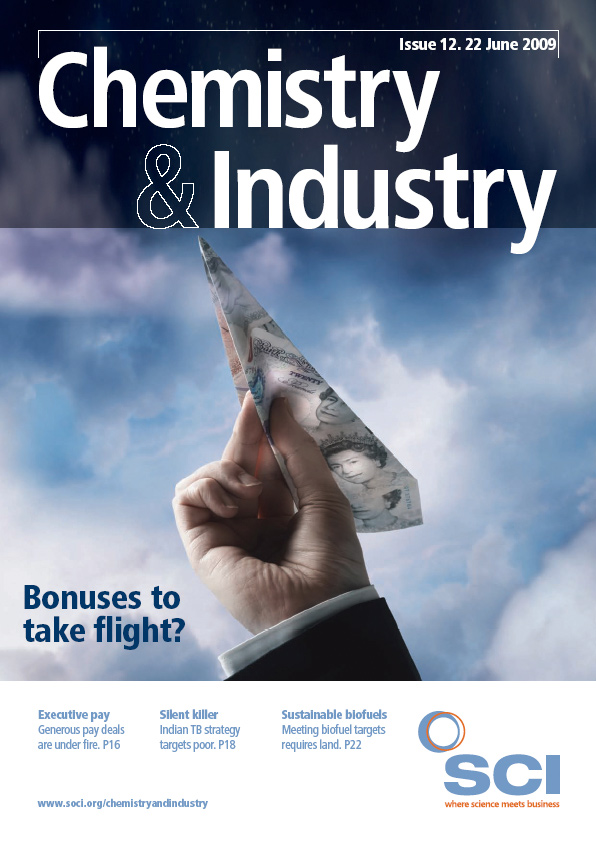Chemical output in the so-called Triad – Europe, Japan and the US – fell 6% in Q1 2009, following a 6.1% drop in Q4 2004, according to the consultancy Oxford Economics. It says output is now 15% lower than a year ago, although recent figures suggest the worst is now over. For Europe and the US, the Q1 2009 fall was significantly below that in Q4 2008, with Japan suffering worst with a drop of over 11%, compared with 5.3% in Q4 2008. Oxford Economics is forecasting an overall 2009 output fall of 11.25% in 2009, with a 2.75% recovery in 2010. This compares with rising output in emerging markets, which are expected to grow by 3.25% in 2009 and 11% in 2010. This means a global output decline of 7.25% in 2009 and a 5% rise in 2010.
Western European output fell by 6.1% in Q1 2009, but the declines varied widely on a country by county basis. Germany’s chemical output fell by over 11%, compared with just 1% in the UK, Spain and the Netherlands. While the UK was helped by a competitive exchange rate and its large pharma sector, Germany suffered from its dependence on basic chemicals. Pharmaceutical output is expected to dip by only 0.25% in 2009, but basic chemicals may nosedive by 20%, with several plants not expected to re-open after enforced closure.
Most sectors of the European industry seem to have reached the bottom, after a steep decline, with some signs of improvement in Q2 2009, according to both Oxford Economics and the European Chemical Industry Council (Cefic). However, Oxford Economics is forecasting a drop in full year output of 13.75%, with a 2% recovery in 2010, while Cefic predicts an 11% decline in European chemical output in 2009, excluding pharmaceuticals, with gradual revival in 2010. Output is expected to grow by 5% from a very low base in 2010, says Cefic, with any return to pre-crisis levels taking some years.
US chemical production fell by 1.8% in Q1, says Oxford Economics, with the main weakness being in specialities like paints. The consultant says that despite a rebound in basic chemical production, there will be a further small decline in Q2 resulting in a 7% fall in production for the full year with a recovery of 2% in 2010, growing to 4% in 2011, but returning to around 2.5% in following years. According to the American Chemistry Council (ACC), production was down 10.6% year- on-year in April 2009 on a three month, moving average basis, compared with the same period in 2008.
As the ACC expresses it, however, there are still risks that could pour ‘herbicide’ on those ‘green shoots’. In the US, rising oil prices and yields on US Treasury Bonds are seen as major risks, while for Europe, Cefic highlights high levels of unemployment and public debt as the principal potential ‘herbicides’.





